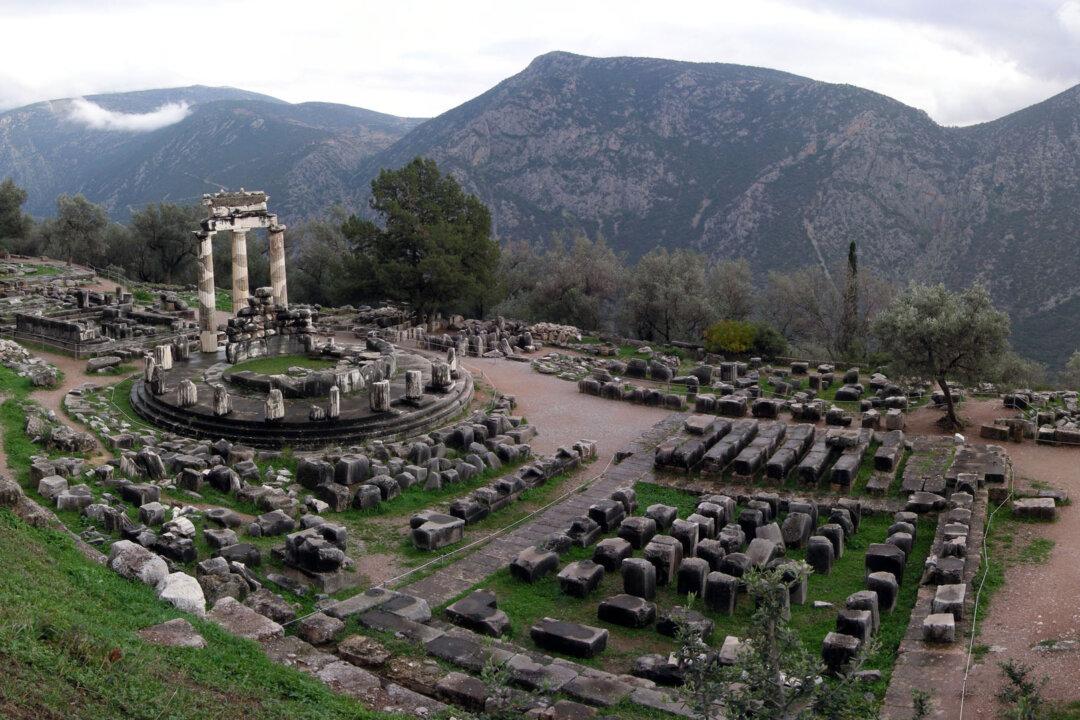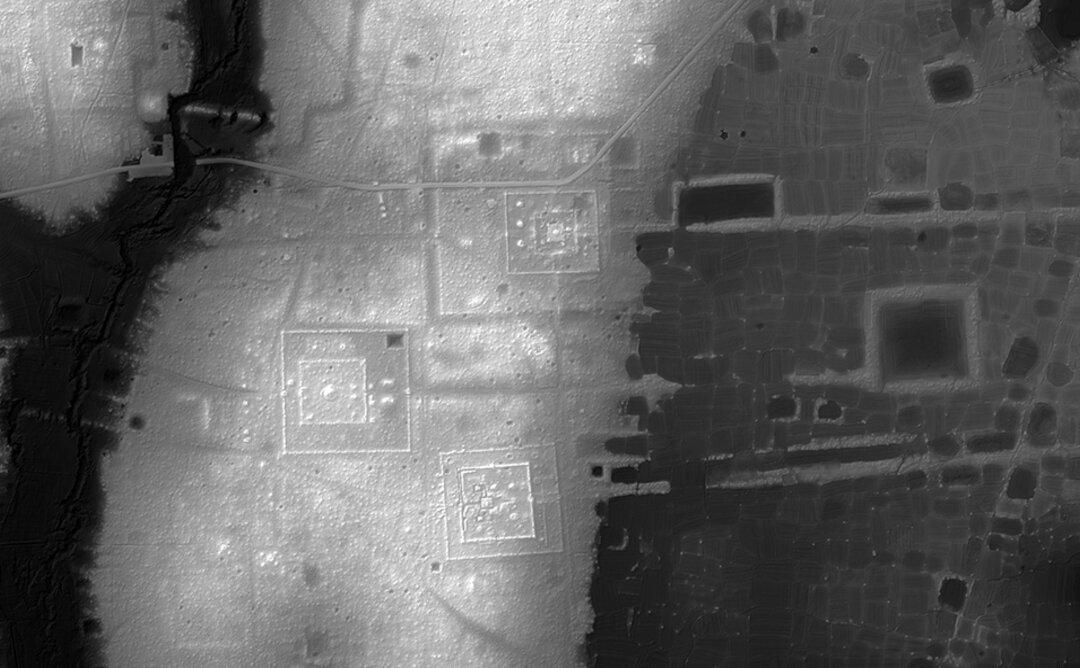In the past decade there has been a quiet revolution in archaeology, virtually allowing archaeologists to see through the ground without digging. Advances in geophysics, soil chemistry and remote sensing are speeding up the discovery of ancient sites and helping archaeologists understand them on a global scale.
Below is our list of the top six of these techniques. While each is valuable on its own, the future will lie in combining them—possibly one day creating a GPS-linked virtual reality that will take the observer below the ground.
While you won’t find actual artifacts in this way, and cannot date what you see, this approach is much more sustainable than actually digging and possibly risking damaging objects. Instead, it leaves the buried archaeology for future generations when techniques of excavation might be even better.
1. Google Earth
Satellite imagery such as Google Earth, Microsoft’s Bing and Nasa’s World Wind has made it possible to zoom into even the most remote corners of the globe to locate sites. By helping to spot things like settlement mounds or enclosures, it can help draw attention to places where such sites may be found. Aerial photographs have been used in this way since the 1930s, but these were typically difficult to access. The universal availability of Google Earth has therefore made it a fantastic tool for professional and citizen scientists alike. However there are many pitfalls in interpretation of satellite images that can only be resolved on the ground.


